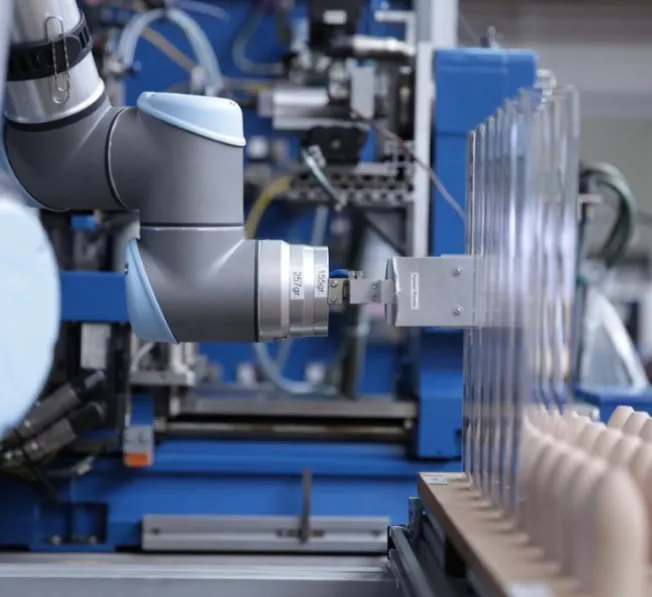In today’s rapidly evolving manufacturing landscape, automation is more important than ever. One of the key ways to enhance an existing production line is through the integration of machine tending robots. These robots take over the repetitive tasks of loading and unloading, which can significantly improve productivity, product quality, and safety.
What is Machine Tending?
Machine tending refers to the process where robots handle the loading and unloading of raw materials and finished parts from machines. Unlike material handling, which typically involves simpler tasks like moving items from one location to another, machine tending involves more complex actions. The robot communicates with CNC machines, ensuring that each step of the process is carried out with precision. After the machine finishes its operation, the robot retrieves the part and prepares it for the next cycle.
Benefits of Machine Tending
Machine tending robots can offer significant advantages over manual labor. One of the biggest benefits is the improvement in uptime, accuracy, and repeatability. Robots can load and unload parts faster and more precisely than human workers, which leads to higher machine utilization and improved overall efficiency.
Additionally, automating machine tending enhances safety. Robots are capable of performing repetitive and potentially hazardous tasks, which reduces the risk of human error and accidents. This not only lowers downtime but also minimizes waste, helping companies achieve higher throughput and lower operating costs. Even though the robots may need periodic maintenance, their uptime is generally far superior to that of manual labor, contributing to increased overall productivity.
By relieving employees from mundane and physically demanding tasks, machine tending robots allow companies to focus their human resources on more complex and value-added activities. In cases where it’s challenging to find qualified workers, these robots can fill the gap and keep operations running smoothly.
Flexibility of Machine Tending Robots
Machine tending robots are incredibly versatile and can be adapted to a wide range of production environments. With flexible grippers, they can handle different types of materials or parts, making them ideal for various applications. For example, they can be installed overhead to serve multiple machines simultaneously, increasing operational efficiency. These robots are used in various industries for tasks such as loading and unloading parts in grinding, milling, turning, injection molding, stamping, punching, trimming, forging, welding, and many others.
Addressing the Skills Gap with Machine Tending
The U.S. manufacturing sector has been growing rapidly, with thousands of new job listings each year. However, the demand for skilled workers often exceeds the available labor force. This imbalance presents a challenge, especially as manufacturers seek to meet the demands of an expanding industry.
Machine tending robots are an effective solution to this problem. They can perform essential tasks like loading and unloading without relying on workers who may not yet have the required skills. While the industry continues to push for more training and education to address the skills gap, machine tending robots are stepping in to ensure that production processes run smoothly and efficiently, even in the absence of fully trained employees.
Conclusion
Machine tending robots are transforming the manufacturing industry by increasing productivity, improving safety, and bridging the skills gap. Their ability to take over repetitive tasks allows human workers to focus on more specialized functions, while also boosting the overall efficiency of production lines. As the demand for automation continues to rise, machine tending robots will play a vital role in meeting the needs of modern manufacturing.







